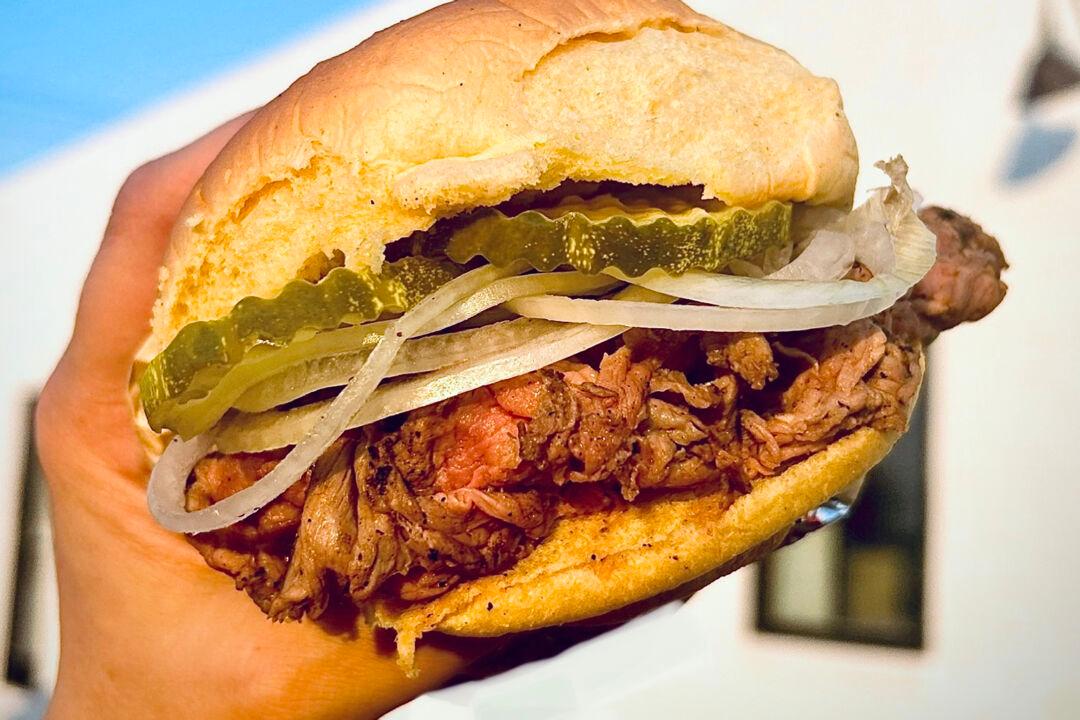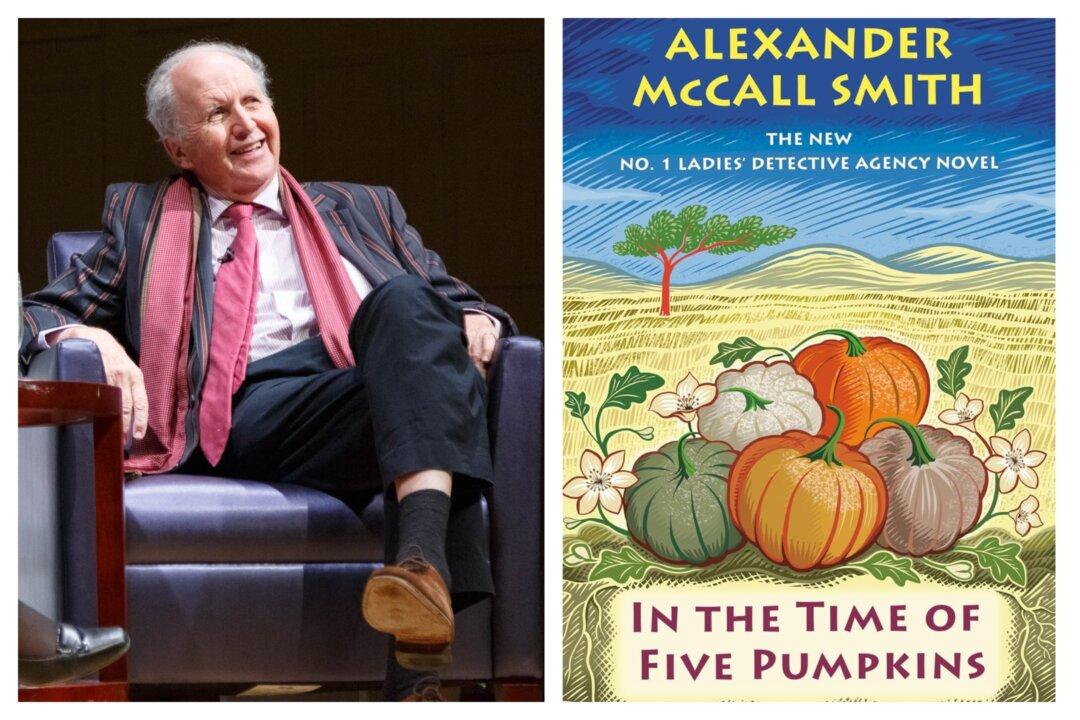Crab cakes and Old Bay seasoning have always loomed large in the Maryland food scene. However, when celebrity chef Guy Fieri visited a roadside dive called Chaps in 2008 for his Food Network show “Diners, Drive-ins, and Dives,” Baltimore pit beef was thrust into the limelight.
Before the episode aired, few outside the mid-Atlantic region had even heard of pit beef barbecue; furthermore, not many Marylanders know the true story of this favorite local crowd-pleaser’s origins. The stories surrounding it are as hazy as the smoke from the burning charcoal the meats are cooked on.





